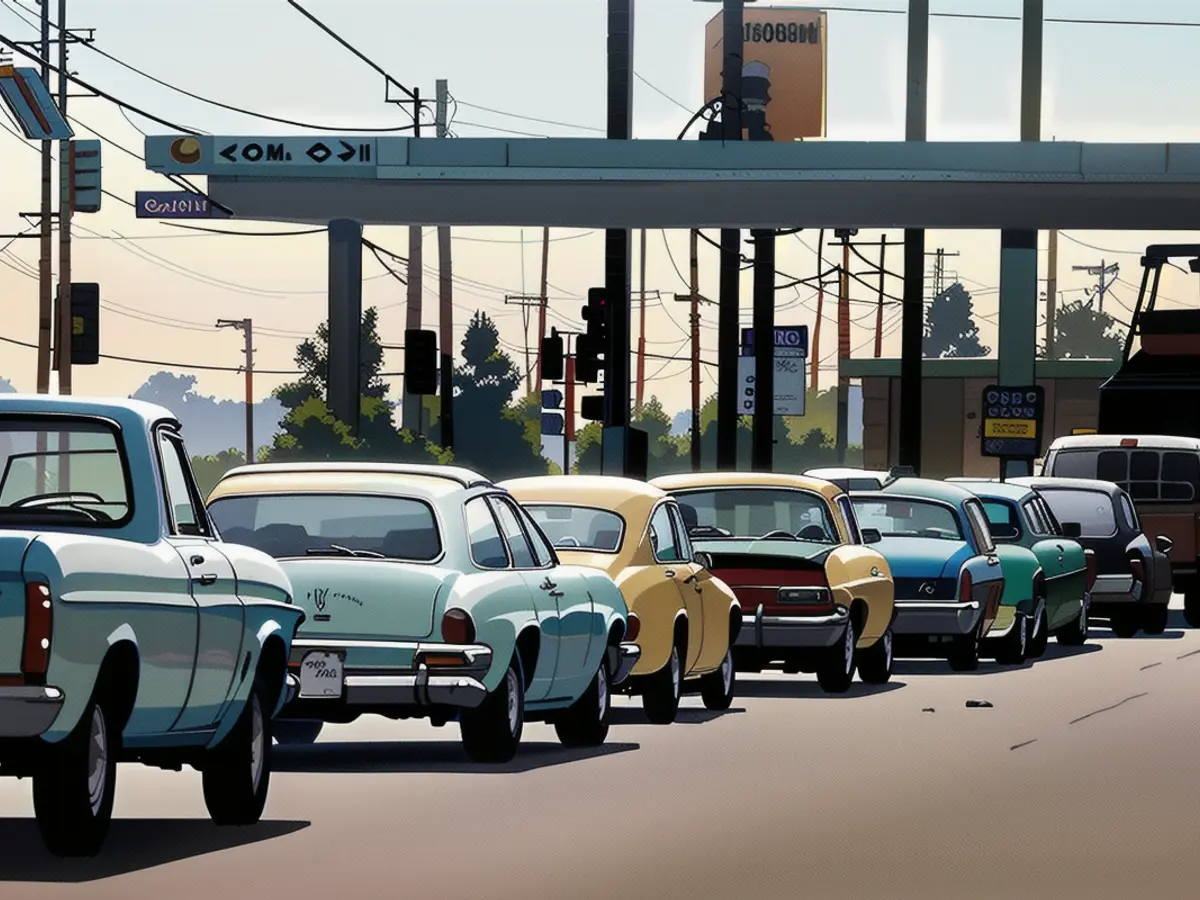Despite current economic struggles, they don't compare to the challenging times of the 1970s.
Signs of stagflation include a stagnating economy coupled with increasing inflation. March's unfortunate inflation-report disclosed an unexpected surge in the speed of price rises, whereas the GDP report displayed a lackluster performance.
Jamie Dimon, CEO of JPMorgan Chase, commented last month that the US economy "seems more like the 1970s than we've witnessed in the past" and described stagflation as a growing risk.
Jerome Powell, Federal Reserve Chair, argued that any favorable signs of stagflation were false alarms. "I can't see the stag nor the 'flation," he stated during a press conference after Fed authorities decided against adjusting interest rates.
Powell recounted the 1970s experience of stagflation when there was 10% unemployment, significant inflation, and slow economic growth due to the oil crisis.
As a Gen Z, I can't recollect the 1970s era, but I concur with Powell — the US economy isn't experiencing stagflation. Nonetheless, the economy might endure a less severe condition: slackflation.
What does slackflation entail?
This term might be new to you — I crafted it personally.
Slackflation is when inflation continues to stubbornly remain present yet doesn't become unmanageable. This condition is bothersome enough for you to inform your mom about it, and she suggests visiting the emergency room. You choose to disregard her advice, and the situation either fades away or deteriorates substantially.
From an economic perspective, slackflation occurs when inflation is persistent but not overly so, and the economy possesses slack (unrelated to the messaging app with a vast emoji collection).
Economic slack, unfortunately, isn't a term I can claim ownership, refers to a situation in which the economy is not functioning optimally. Rising unemployment indicates one noticeable aspect of economic slack.
The US experienced this issue recently, as exhibited in the latest job report. Though the unemployment rate increased slightly to 3.9% from 3.8% in March, it's far from being an issue of concern. However, things could escalate in the near future.
While monthly job gains slowed in April to 175,000 from 315,000 in March, most economists agreed with Chicago Fed President Austan Goolsbie, who referred to these gains as "very solid."
Moreover, the number of applications for unemployment benefits reached its highest level since August.
However, on the inflation front, the monthly inflation rate eased slightly in April based on Consumer Price Index data released.
While month-to-month fluctuations in the nation's inflation rate don't carry much weight, Fed authorities view the overall trend as unfavorable. Despite recent improvements, progress might be slowing down in achieving the Fed's 2% target. Nevertheless, the current inflation rate is a far cry from that of the 1970s and '80s.
What's the deal with all the stagflation chatter?
Diane Swonk, chief economist at KPMG, provided a succinct explanation.
Unlike Powell, "the majority of the workforce was not present during the period when stagflation dominated the US economy." She also noted, "millennials, who now form a significant portion of the workforce, are struggling to achieve key milestones." Chief among these milestones is purchasing a home due to sky-high property costs and high mortgage rates.
So, it's not the 1970s anymore, but it's understandable as to why people are disappointed.
Read also:
- Lack of snow also opens up new opportunities for winter tourism
- Abrupt end to e-car subsidies
- The chemical industry has little confidence
- Intersport boss hopes for sales boom through sporting events
The business sector is closely monitoring the economic situation, as Jamie Dimon from JPMorgan Chase has warned about the growing risk of stagflation. Despite Jerome Powell's argument against stagflation, economic slack is currently present in the US, leading to persistent inflation.
Source: edition.cnn.com








